Powering Discoveries
Aaron Dubrow and Faith Singer
In Search of Superconductivity
Advances in mathematical and algorithmic methods showcase discoveries with supercomputers
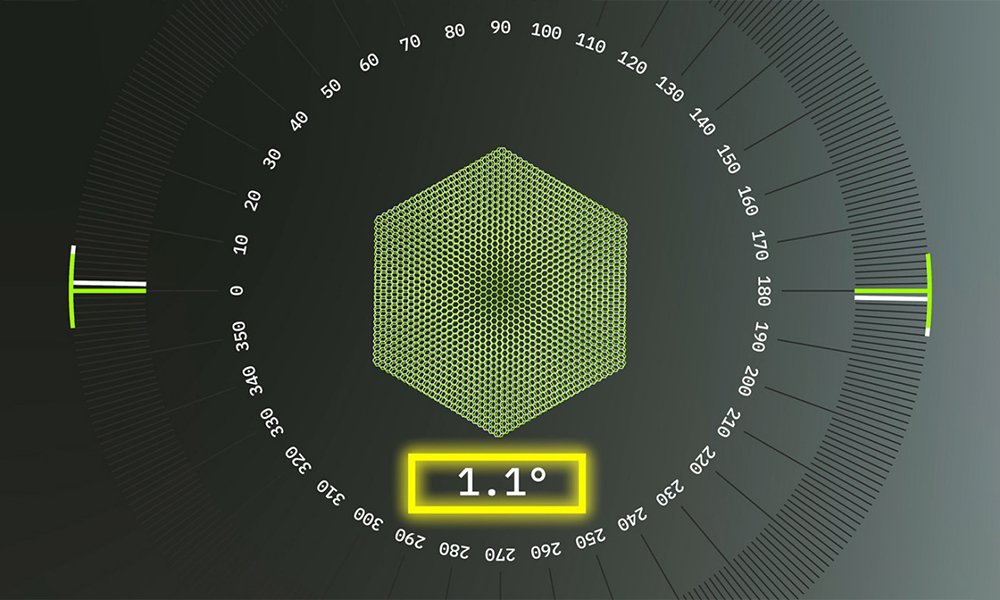
The study of superconductivity is littered with disappointments, dead-ends, and dubious discoveries, according to Antia Botana, professor of physics at Arizona State University.
“As theorists, we generally fail in predicting new superconductors,” Botana said.
However, in 2021, she experienced the highlight of her early career. Working with experimentalist Julia Mundy at Harvard University, she discovered a new superconducting material — a quintuple-layer nickelate with a transition temperature around 13 Kelvin (or -432 Fahrentheit).
“It was one of the best moments of my life,” Botana recalled. “When I saw the resistivity drop to zero — there’s nothing better than that.” She’s referring to the key property of a superconductor: the loss of electrical resistance allowing current to flow without requiring energy.
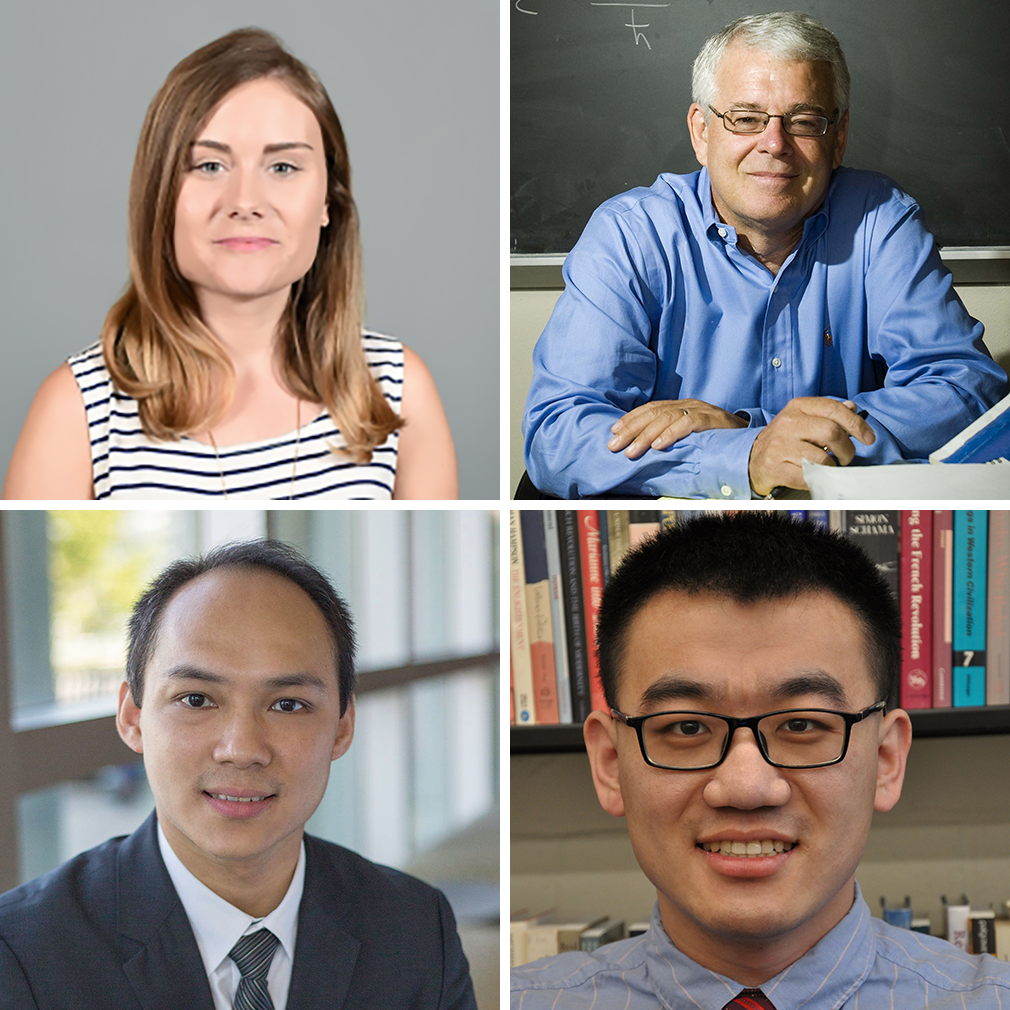
They reported their findings in Nature Materials in September 2021.
Superconductors are used in MRI machines, maglev trains, and supercolliders, but require sub-zero temperatures to maintain this state. Achieving superconductivity at room temperature — meaning greater than 0 Celsius at 1 atmosphere — would be a game-changer for energy, electronics, and quantum computers, yet remains tantalizingly out of reach.
Botana and her collaborators’ discovery was surprising, and is in fact the latest in a string of superconductors predicted, optimized, or explained by supercomputers.
Early Advances in Computer Modeling
In 1911, the initial discovery of superconductivity in mercury at extremely low temperature was surreptitious and mystifying (especially without supercomputers to study them). When scientists in 1986 discovered a much higher-temperature (but still terribly cold) superconductor in a cuprate — or copper-based material — supercomputers were too rudimentary to provide much insight.
However, by 2002, more than a year after Jun Akimitsu of Aoyama Gakuin University in Tokyo announced that the common metal magnesium diboride was a superconductor, computational physicists were on the case.
''We're red-faced that we didn't predict magnesium diboride,'' Marvin L. Cohen, a leading computational scientist and professor of physics at the University of California at Berkeley, said in a New York Times article that year.
In short order, Cohen, and his long-time collaborator Steven G. Louie (also of UC Berkeley), came up with an almost complete understanding of the compound's unusual superconducting abilities using computer modeling.
They calculated properties of magnesium diboride that matched what had been observed in experiments, including the maximum superconducting temperature — minus 389 degrees Fahrenheit. ''Almost right on,'' Louie said.
“It was one of the best moments of my life. When I saw the resistivity drop to zero — there’s nothing better than that."
Another milestone in the application of advanced computing came nearly a decade later when Allan MacDonald at UT Austin used TACC supercomputers to identify a new superconducting material — magic-angle graphene, where two layers of the 2D material are placed on top of one another and twisted 1.1 degrees (the magic angle) — producing superconductivity.
The predictions were proven correct in 2020 by researchers at MIT who created the physical analogue of MacDonald’s 2D twisted system and captured its superconducting tendencies, launching the era of Twistronics.
Candidates and Root Causes
These examples show two of the main ways HPC is used to advance the field: to identify key drivers of behavior; and to find new superconducting materials that can operate at room temperature.
Decades later, Louie, Cohen, and MacDonald are all still on the hunt for superconducting systems and use TACC supercomputers to investigate. "Quantum many-body interactions are the source of many fascinating phenomena in materials," Louie said.
One of the targets still being explored are cuprates that launched so many superconductivity studies when discovered in 1986. In 2021, Louie and Cohen identified a possible root cause of cuprate superconductivity in interactions between electrons and phonons — vibrations produced by crystal lattices.
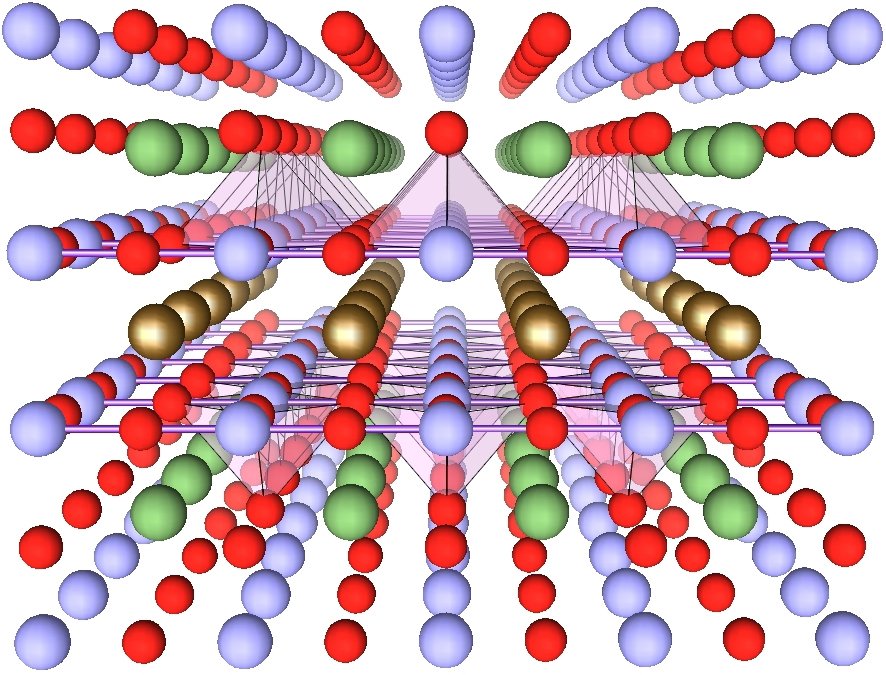
Since the 1980s, phonons were suspected to play a role in superconductivity, but their exact influence remains unknown. Their studies — supported by Frontera and Stampede2 at TACC and Summit at the Oak Ridge National Laboratory — showed that electrons in cuprates interact with phonons more strongly than previously thought. This leads to experimentally observed kinks, or sudden changes, in the relationship between an electron's energy and its momentum.
Identifying the “kink in the cuprates required immense and complicated computation of interactions between electrons and phonons,” Louie said. “Reaching predictive accuracy is made possible only with the access to large scale supercomputing resources."
Yao Wang, assistant professor of physics at Clemson University, also explores the role of phonons in cuprate superconductivity on Frontera.
In November 2021, Wang and researchers from Stanford University presented compelling evidence that phonons impact not only electrons in their immediate vicinity, but act on electrons several neighbors away.
The demonstration of phonon-mediated attraction “means we've found a way to manipulate Coulomb interactions," Wang said, referring to the attraction or repulsion of particles or objects because of their electric charge.
He imagines putting the sample on a substrate that will change the electron-phonon interaction. “That gives us a direction to design a better superconductor," he said.
Botana was also trying to understand cuprates when she began her explorations of nickelates. “Copper and nickel are right next to each other on the periodic table,” she said. Studying nickelates “was an obvious thing to do, so people had been looking at them for a long time without success.”
Her team’s discovery in 2021 used a form of rare earth nickelate with a unique, 2D structure. Identifying the superconducting nickelate lets researchers tease out similarities and differences between nickelates and cuprates, and among nickelates themselves.
Nickelates and cuprates both seem to exhibit superexchange — they trade electrons through a pathway that contains oxygen, rather than directly. “We think that may be one of the factors that governs superconductivity and causes the lower critical temperature of the nickelates,” Botana said.
Squeeze or Blast Your Way to Superconductivity
The highest temperature superconductor ever achieved was created by putting a hydrogen-sulfide based material under extreme pressures — 267 gigapascals, or GpA, a unit of measure used to quantify internal pressure. The material exhibited a superconducting transition at 59 degrees Fahrenheit — warm enough to make superconductivity possible with a simple refrigerator, if only maintaining such pressure were feasible — It’s not currently.
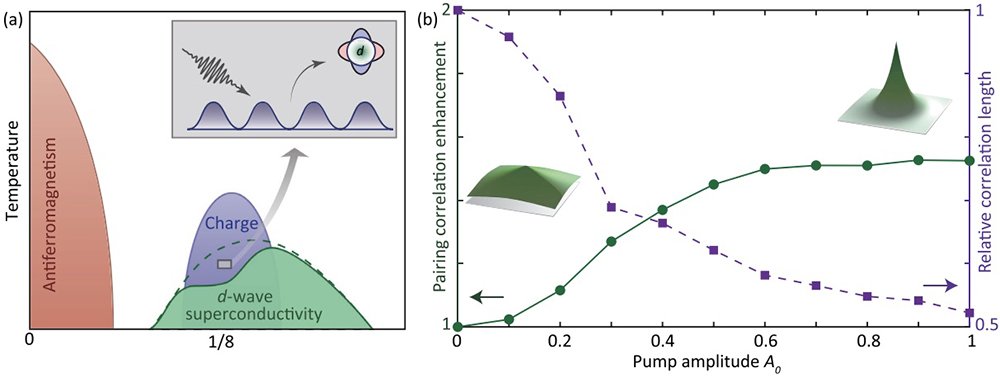
Along these lines, physicists have long proposed solid hydrogen as the ideal superconducting material. But efforts to create this form of matter by applying intense pressure have so far been unsuccessful.
New research from Cohen and Mehmet Dogan, a research fellow at UT Austin, identified the most likely crystal structure that solid hydrogen would take and suggests the transition point to superconductivity may soon be within reach.
Using Frontera, they calculated the quantum behavior of a hydrogen crystal structure with 24 atoms at ever-increasing pressures, beyond those that currently can be produced. Their results suggest that the transition from atomic to molecular hydrogen should happen around 500 GpA and should be accompanied by superconductivity.
“At 500 Gpa, our studies suggest superconductivity at very high temperatures — unless there’s a phase change,” said Dogan. “Hopefully, in the next few years, experimentalists can measure this phenomenon and compare their findings with our results.”
Another approach to generating superconductivity uses lasers to produce non-equilibrium states — that is to say, states that don’t spontaneously occur in nature.
This is a subject that Cheng-Chien Chen, assistant professor of physics at the University of Alabama at Birmingham, has been studying using supercomputers.
“When we drive the electron system to non-equilibrium, we can stabilize new phases that are absent in equilibrium, but that can become dominant at non-equilibrium," Chen said. "This is one of the holy grails in non-equilibrium studies."
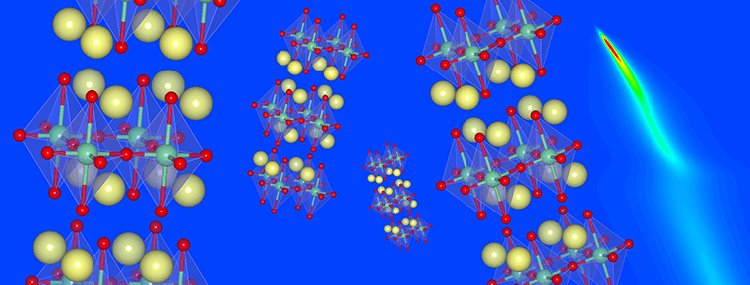
Frontera helps Chen simulate what happens at extremely short timescales for non-equilibrium systems. "This will help us understand and eventually control different novel phases for next-generation technologies."
His theoretical work suggests it is possible to generate superconductivity at higher temperatures than previously possible using this method, opening the door to revolutionary new electronics and energy devices.
"We can suppress some phases, induce new ones, and selectively control the phase of matter by controlling the laser's frequency and amplitude," Chen explained.
In Conclusion
Currently, the materials that can be predicted and optimized with supercomputers are limited to relatively simple ones.
However, every day advances are being made in the mathematical and algorithmic methods used by computational materials scientists.
Likewise in high performance computing, an insatiable appetite for building bigger and faster machines enables physicists to study more complicated systems, modeling thousands of atoms and even organic materials for superconductivity.
Botana said: “Twenty years ago a few atoms might have looked like too much.”

